Welcome to On Verticality. This blog explores the innate human need to escape the surface of the earth, and our struggles to do so throughout history. If you’re new here, a good place to start is the Theory of Verticality section or the Introduction to Verticality. If you want to receive updates on what’s new with the blog, you can use the Subscribe page to sign up. Thanks for visiting!
Click to filter posts by the three main subjects for the blog : Architecture, Flight and Mountains.
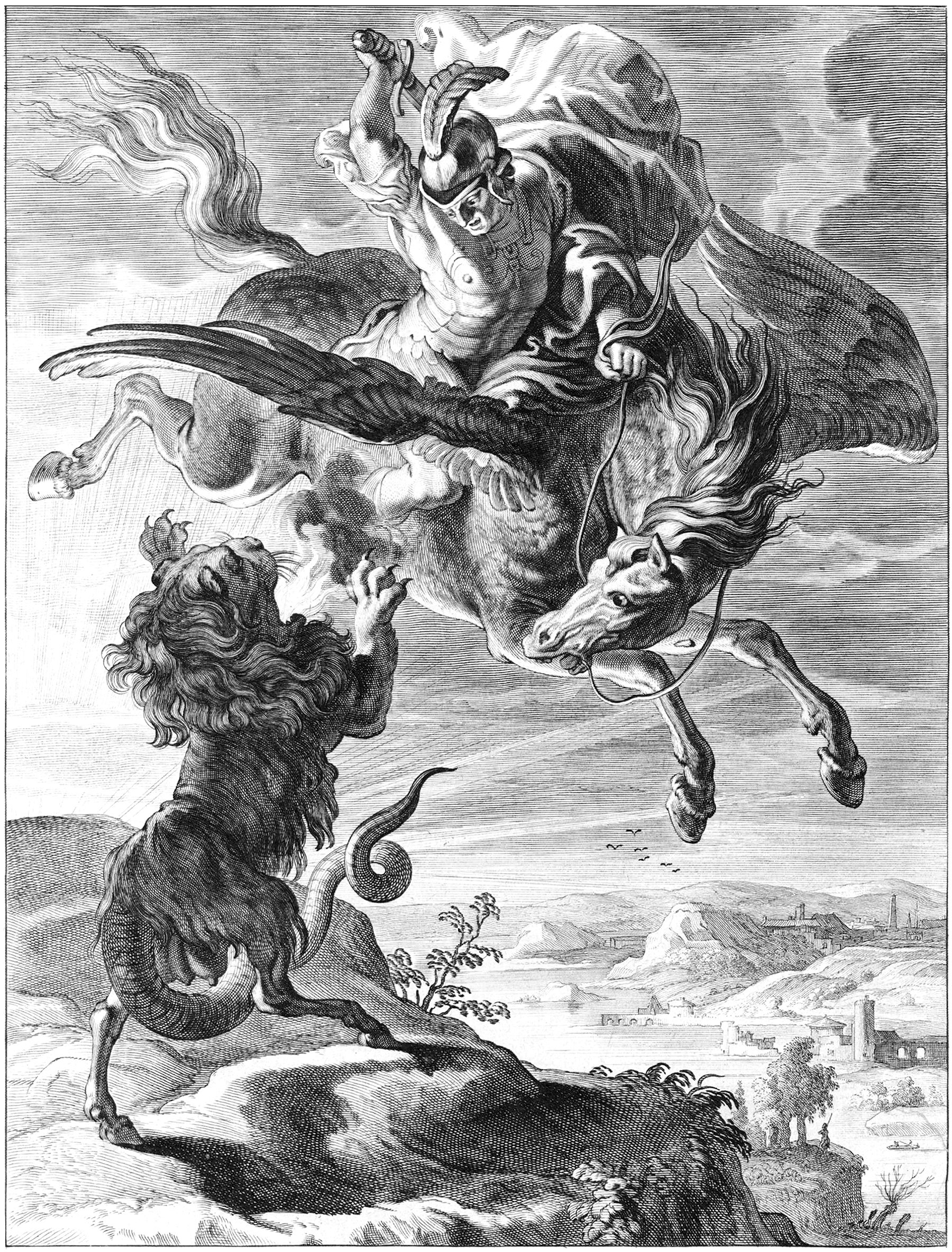
The Myth of Pegasus and Bellerophon
Pictured above is a scene from ancient Greek mythology, showing the hero Bellerophon fighting the monstrous Chimera, with help from his winged-horse Pegasus. It serves as a dramatic climax in the story of the hero and his winged companion, and it’s one of many examples showing the power of verticality within ancient Greek mythology.
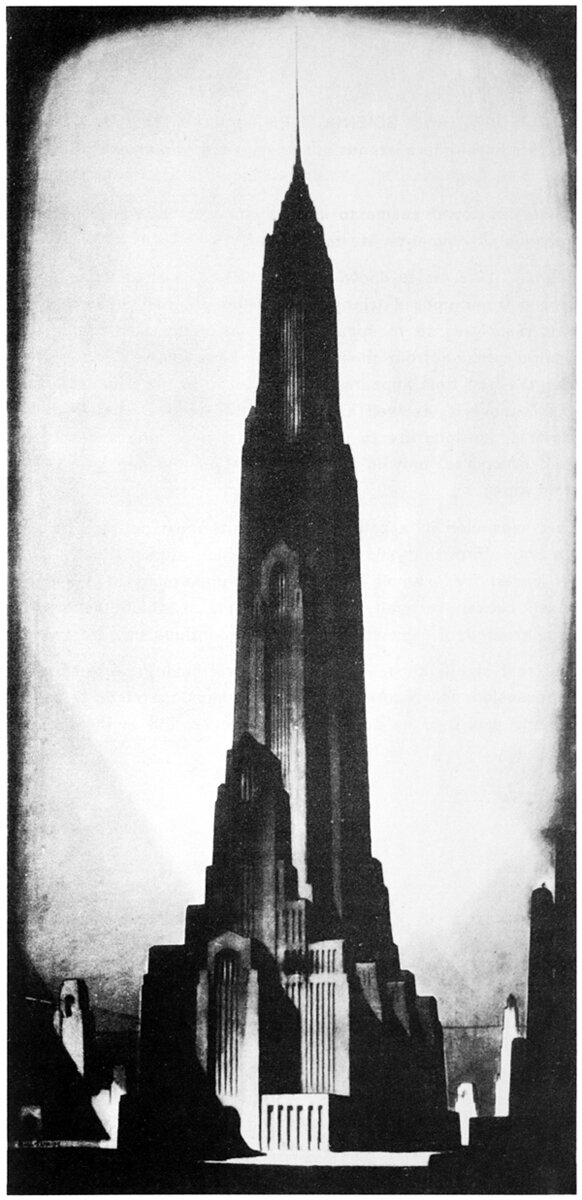
Hugh Ferriss and Religion on the Skyline
Hugh Ferriss was an architect and illustrator, best known for his charcoal renderings of skyscrapers in the first half of the 20th century. Pictured here is an illustration from his 1929 work The Metropolis of Tomorrow, titled Religion. This image and the underlying thought behind it’s creation ties into a larger trend around this time that saw religious structures attempt to re-take the skyline from commerce.
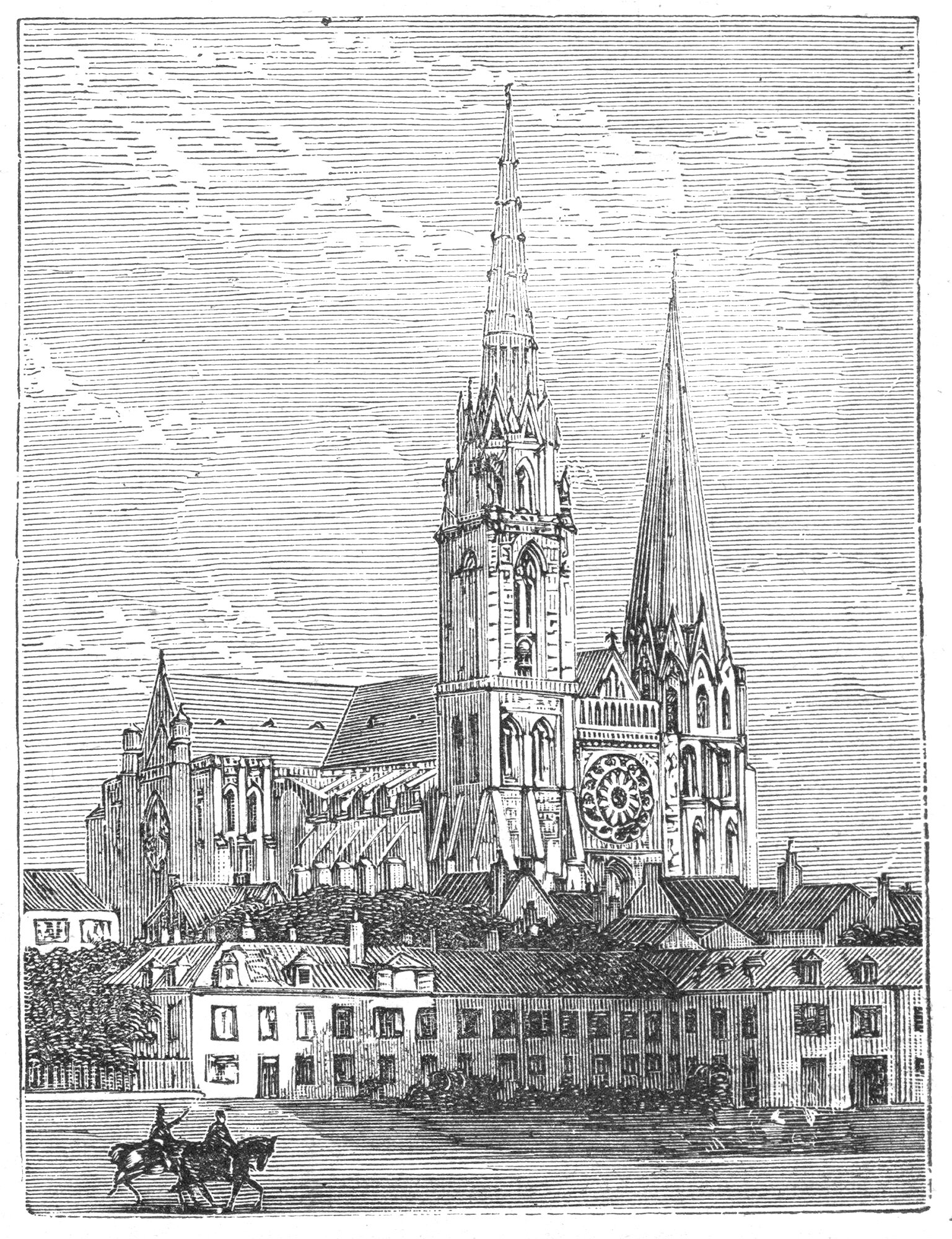
Verticality, Part VIII: God versus Ego
The human world becomes as important as the world of God
The rise of Christianity in the Western world would have profound effects on the built environment and human culture. Two major threads would combine to influence Early Christian architecture and culture. The first is the architecture of the Ancient Romans, who were already wrestling with Verticality. The second is the Book of Genesis and its central theme of Heaven (the above) and Hell (the below). Combine these two, and you get an ongoing battle between God and Ego that would see some of the most impressive structures of all time get built.
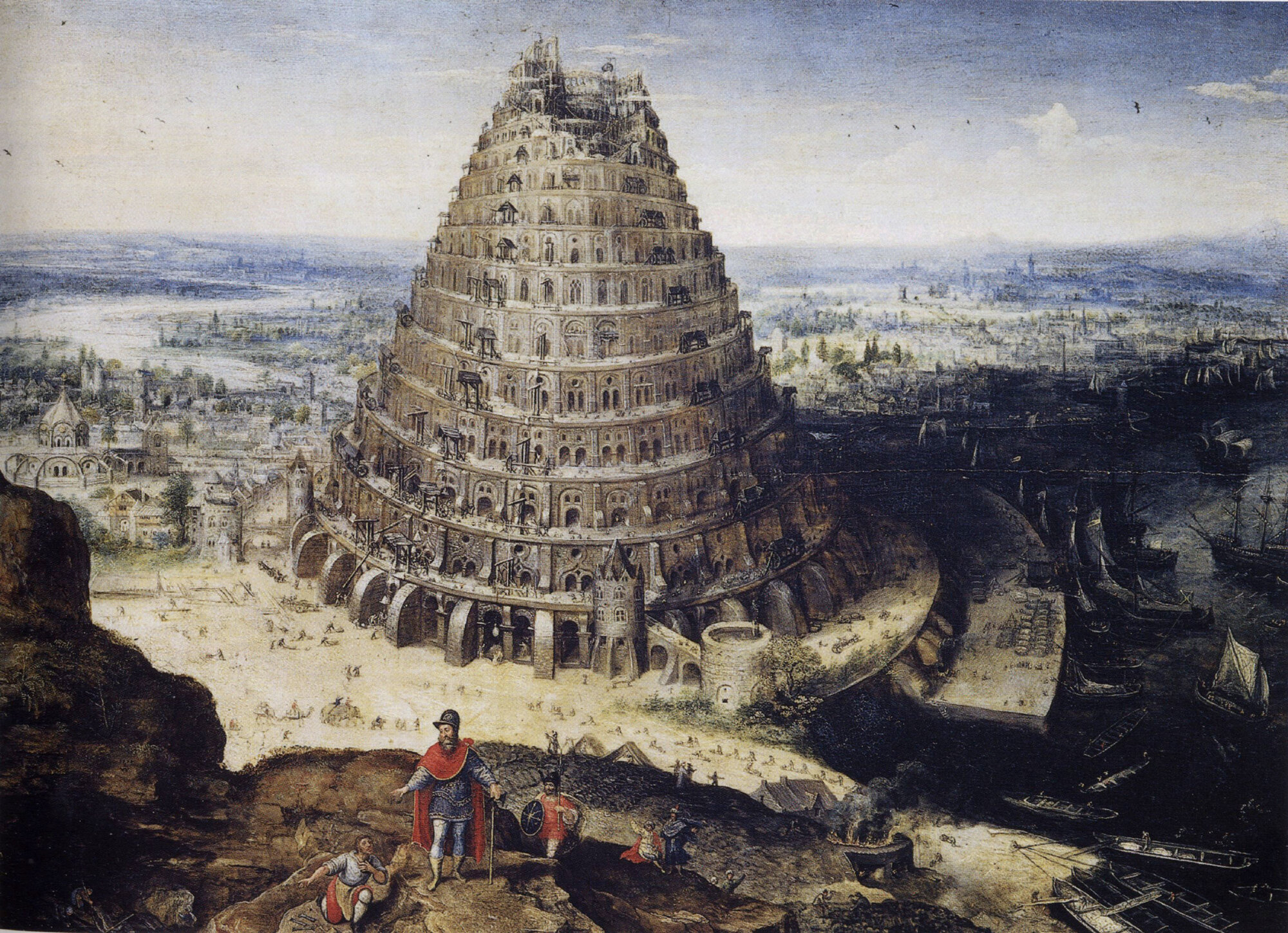
Verticality, Part VII: Heavens on Earth
Humanity’s first major attempts to recreate heaven on earth
In the previous section, we explored ancient civilizations and how they utilized Verticality in their architecture. In each of these civilizations, building a structure that connected the surface to the sky was seen as the pinnacle of human achievement. This was done to appease or satisfy some type of god or gods, and untold amounts of time and effort were spent on the road to achieving it. Throughout time, however, the needs of our gods would begin to see competition from the needs of humanity, or our own Ego.
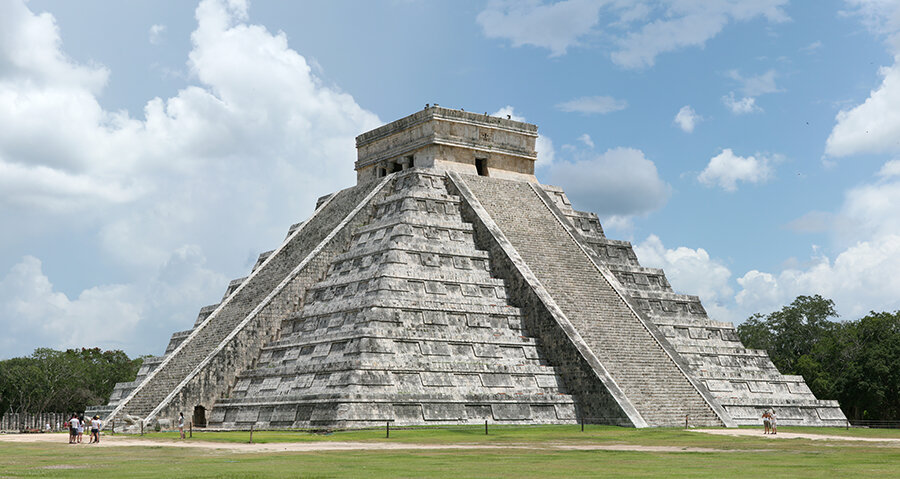
Verticality, Part VI: Archetypes
Man’s initial attempts to get closer to the sky in each of the five cradles of civilization
How does one achieve physical Verticality? At the most basic level, we can get closer to the sky in two ways. First, we can recreate the human body with singular elements that express height on their own. These objects can be seen as proxies for our own bipedal bodies. Second, we can physically raise the surface under our feet in order to raise our bodies up closer to the sky. These constructions can be seen as recreations of mountains, which are the highest places we can reach in the natural landscape. As our ancestors set out to externalize their need for Verticality, they experimented with both of these methods.

Superheroes and Skyscrapers
It’s a common shot in superhero movies for the titular character to be shown on top of a building, looking out over the landscape and the city below. I first took notice of this trope on a recent flight while watching Venom (2018), and I began pondering just how common this shot is.

Verticality, Part V: Global Threads
How Defense and God provided the initial thrust for the Verticality narrative
Once our ancestors ceased to be nomadic and began establishing permanent settlements, two major threads of our development emerged. The first was the need to defend our territories against others; once we’d accomplished this, our attention shifted to our relationship with the unknown, or God. Each of these threads would evolve over time, and each was approached through the lens of Verticality.
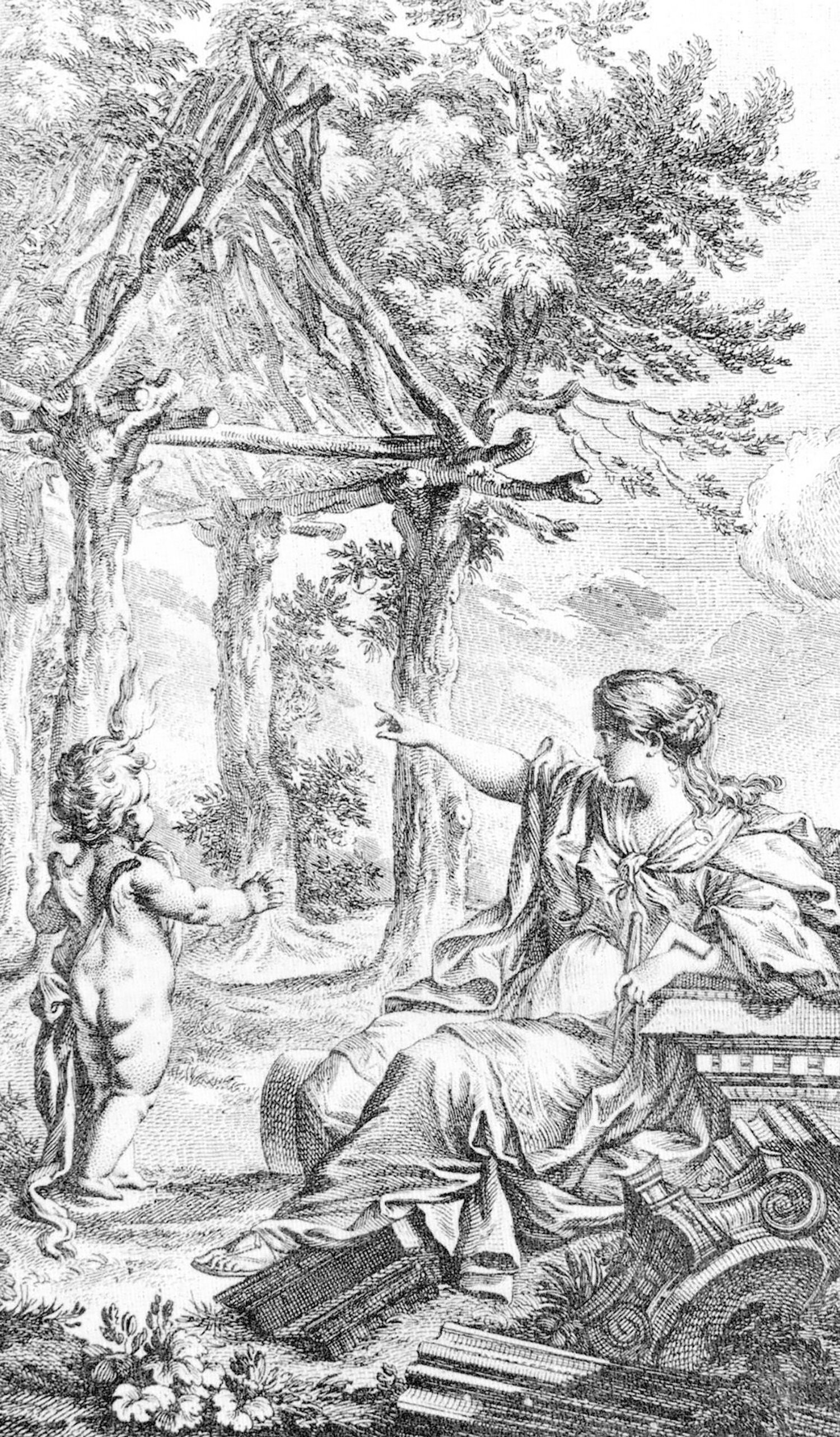
Verticality, Part IV: Beating the System
Homo Sapiens becomes the first animal to escape the food chain
Monkeys and apes are vulnerable creatures. Our source-code was built for a life in the trees, and on our own we lack any natural means of defending ourselves. Compared to other animals that evolved to survive on the savannah, we have no claws or fangs, we’re not particularly quick, and we don’t have natural camouflage. This makes us dangerously vulnerable to predators, and meant we needed to find another evolutionary niche in order to survive. Our answer was power in numbers.
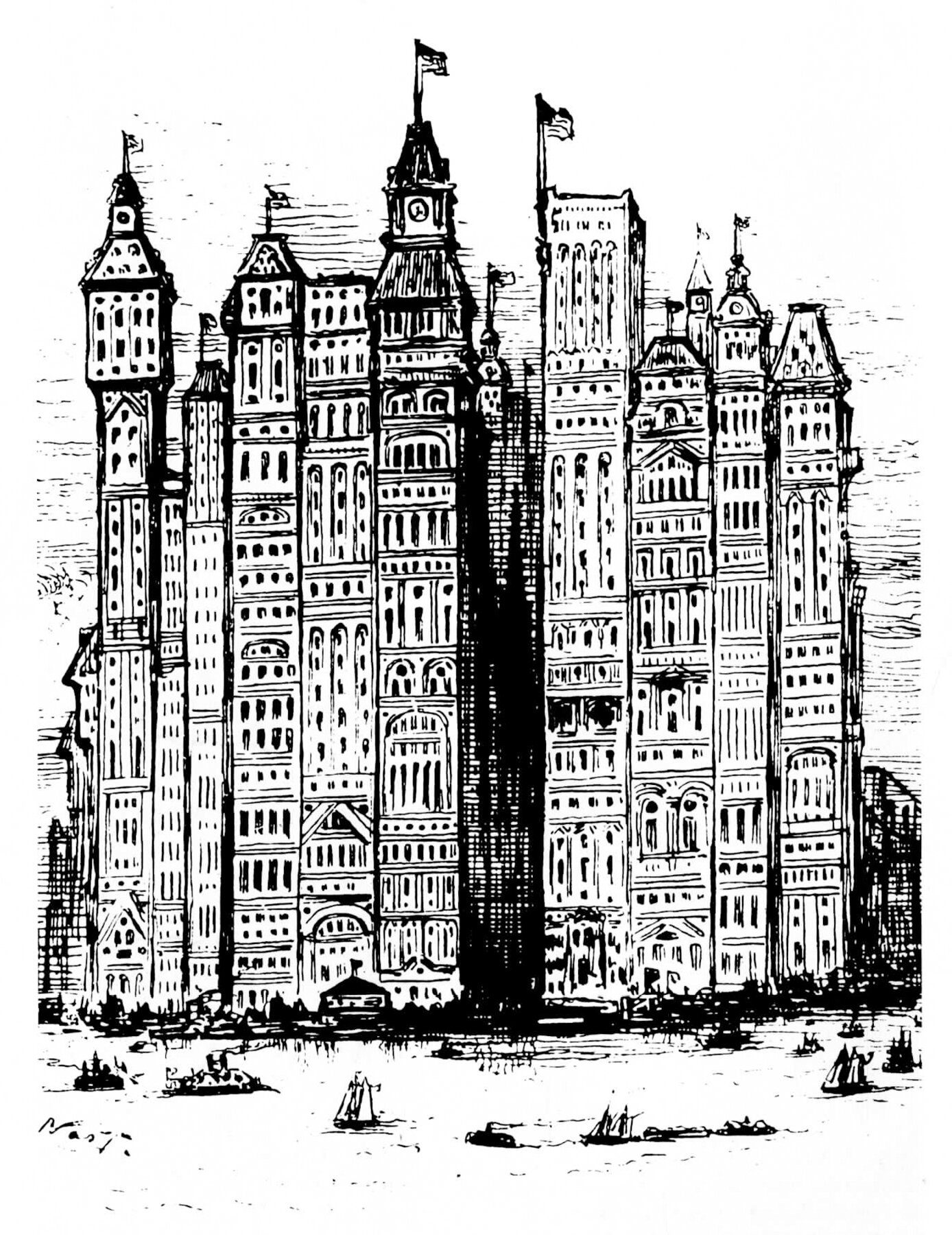
Skylines As Value Indicators
Take a look at this 1881 Cartoon by Thomas Nast for Harper’s Weekly titled New York A Few Years from Now. Nast shows the southern tip of Manhattan Island, jam-packed with a phalanx of skyscrapers. The buildings are pushed so close together it’s hard to imagine where the streets are. Back in the shadows, you can just make out the spire of Trinity Church, which at the time was the tallest building in the country. Nast is being hyperbolic, of course, but the reality of most modern cities isn't far off.
